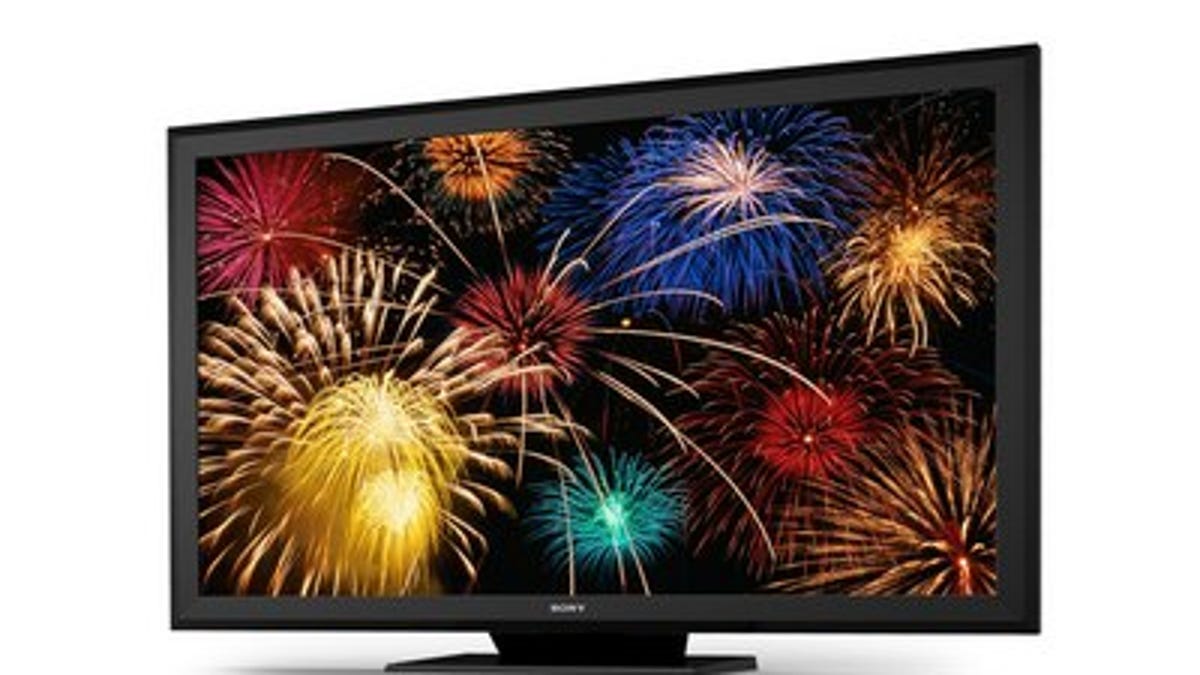Sony crams 6 million LEDs into prototype Crystal display
Sony has unveiled a new type of display at CES 2012, a "true" LED television that uses more than 6 million diodes for "better than plasma" blacks.

LAS VEGAS--Forget what you know about those "faker LED" technologies, because Sony has just announced a television that actually does use LEDs to display an image.
Here at CES 2012, Sony has unveiled a "Crystal LED Display"--a 55-inch prototype TV that actually uses miniature light-emitting diodes in place of pixels. Up until now, the LEDs you have heard of have actually just been vanilla LCDs, just with an LED light source.
If you've ever been to a professional baseball, football, or basketball game, and seen the giant screens above the stands, you will be familiar with LED displays. That's fine for an image measured in furlongs, but this is the first time a company has been brave/stupid enough to try it on a television.
The Sony prototype uses 6 million LEDs (2 million each of red, green, and blue) mounted directly on the front of the display, which Sony says improves the efficiency of light output. The company claims that the technology is superior to both LCD and plasma, with higher contrast, a wider color gamut, and wider viewing angles.
While the TV is nowhere near actual production, Sony says it could be used in a wide range of applications ranging from professional to consumer use. The company makes a point to note that the LED doesn't replace work on OLED--see the XEL-1 for Sony's efforts here so far--which is it says is in "continued development."

